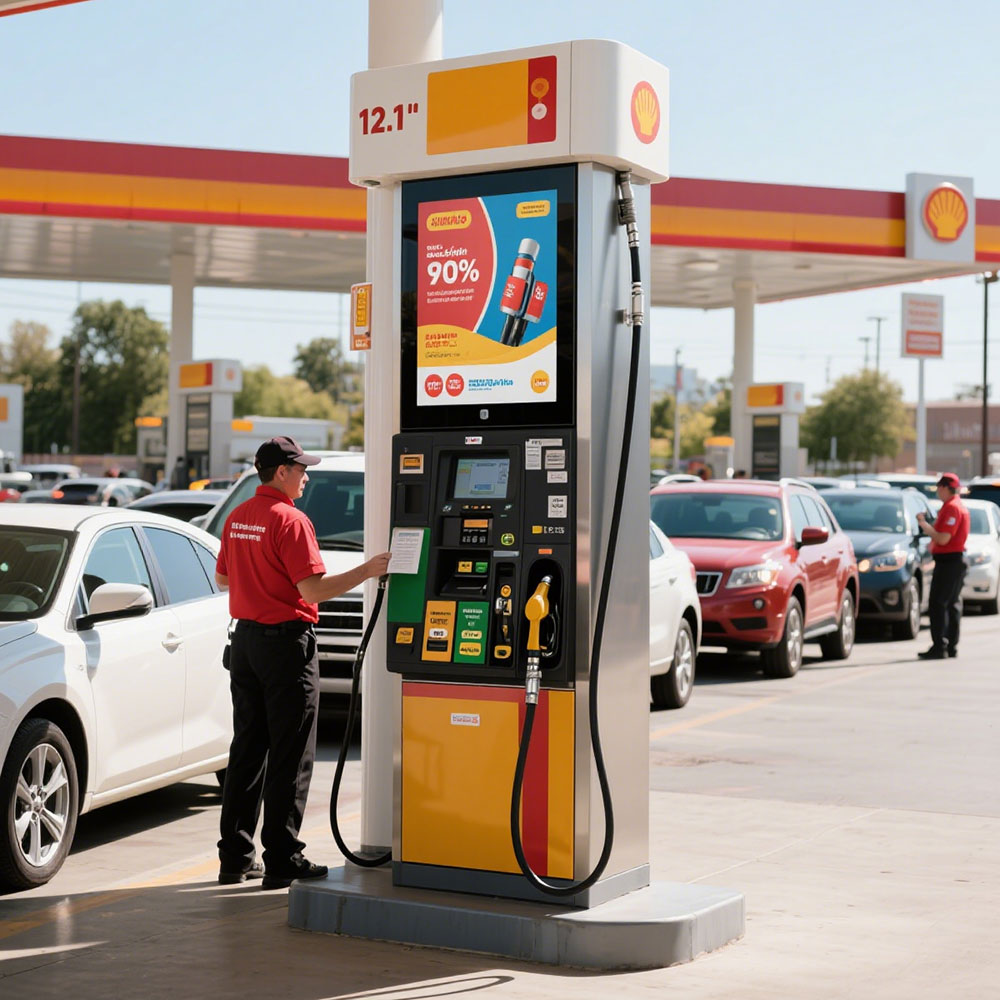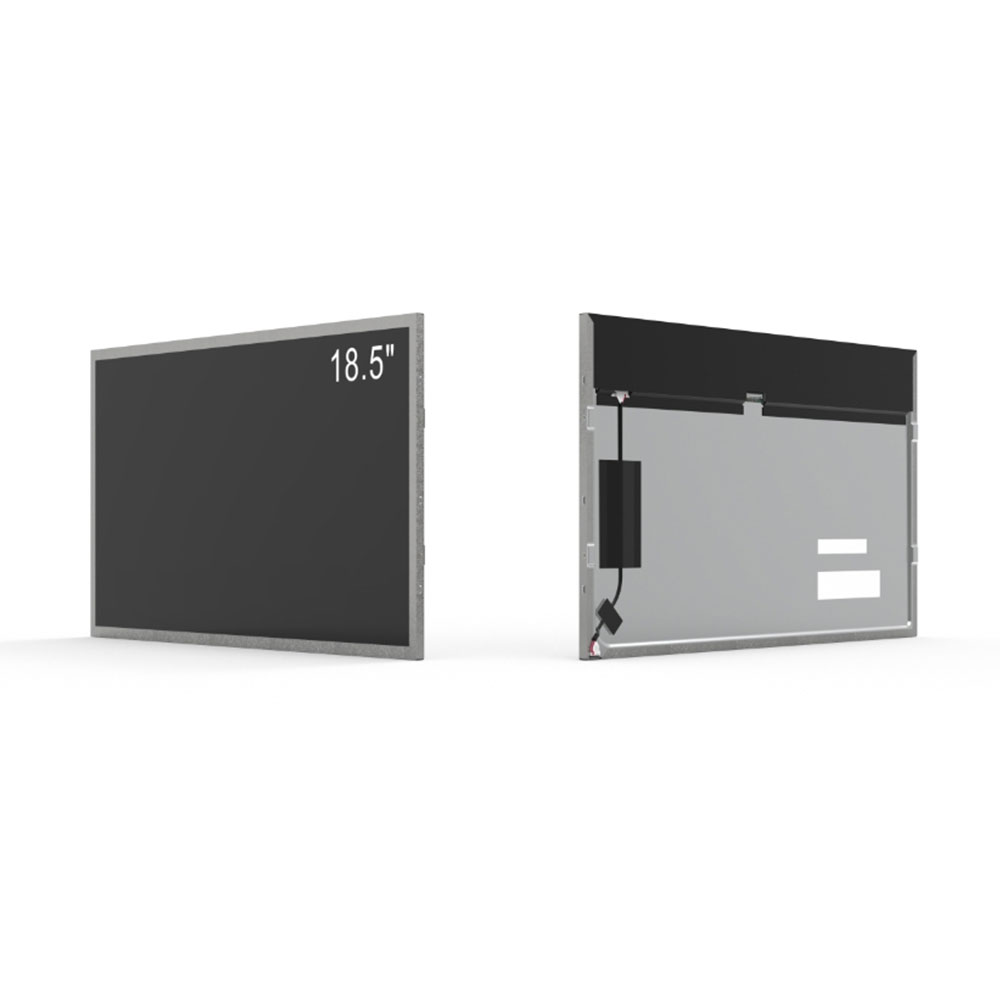Sunlight readable digital signage has become a critical technology for modern outdoor advertising, public transportation systems, retail kiosks, and smart city infrastructure. Unlike standard LCD screens that suffer from poor visibility under direct sunlight, these specialized displays are engineered to maintain clarity, brightness, and color accuracy even in intense solar exposure—often exceeding 5,000 nits of peak brightness.
The core innovation lies in the use of high-brightness LED-backlit panels combined with anti-glare coatings and advanced polarizer films. These components work together to minimize reflection while maximizing luminance output. For instance, industrial-grade displays used in airport terminals or highway billboards often incorporate automatic ambient light sensors that dynamically adjust brightness based on real-time environmental conditions, optimizing energy efficiency without sacrificing readability.
Manufacturers such as LG, Samsung, and Sharp have developed proprietary technologies like “Sunlight Readable OLED” and “High-Brightness IPS Panels,” which not only enhance contrast ratios but also improve response times—critical for displaying live traffic updates or dynamic video content. In addition, ruggedized enclosures with IP65 or higher ratings protect against dust, rain, and temperature extremes, making them suitable for deployment in regions ranging from desert climates (like Dubai) to cold northern environments (such as Norway).

Case studies confirm their effectiveness: A transit authority in London reported a 40% increase in passenger engagement after switching to sunlight readable digital signage at bus stops. Similarly, a retail chain in California saw a 25% rise in foot traffic by using interactive kiosks with glare-free screens in parking lots and mall entrances.
From a technical standpoint, compliance with international standards such as EN 60950-1 (safety) and MIL-STD-810G (environmental durability) ensures reliability in demanding applications. Furthermore, integration with cloud-based content management systems allows remote monitoring, scheduling, and troubleshooting—essential for large-scale deployments across cities or national networks.
For organizations aiming to deliver impactful visual communication in bright outdoor environments, investing in sunlight readable digital signage is no longer optional—it’s a strategic necessity. Whether for wayfinding, emergency alerts, or commercial messaging, this technology bridges the gap between visibility and user experience under the harshest lighting conditions.








